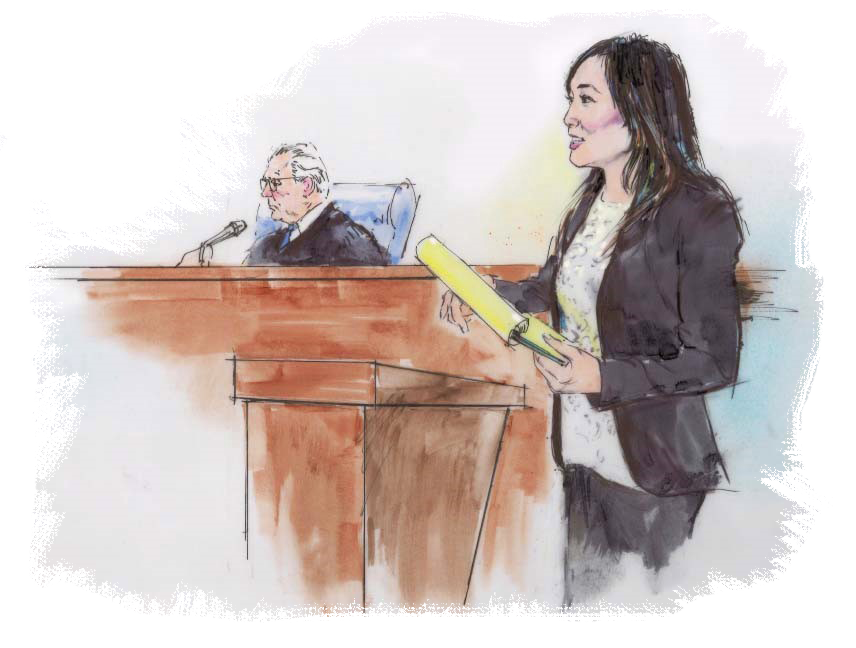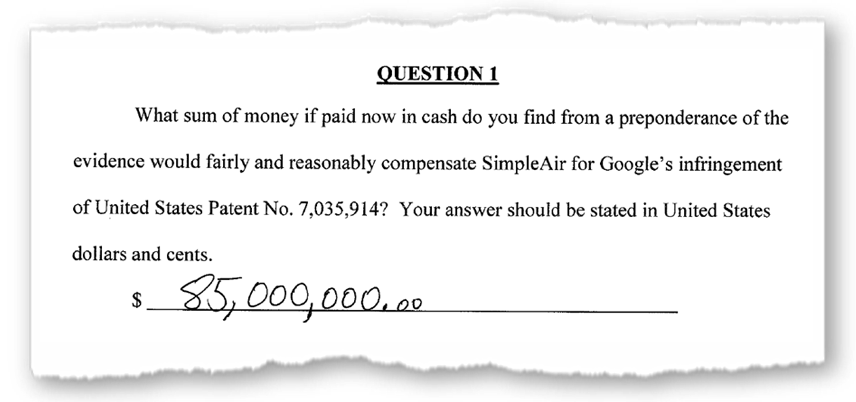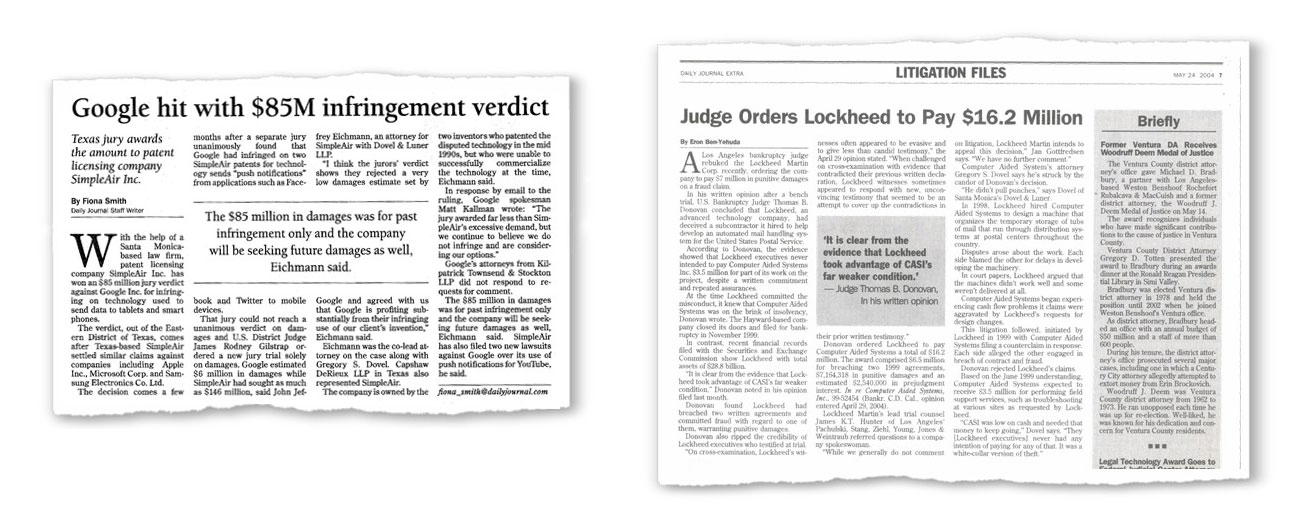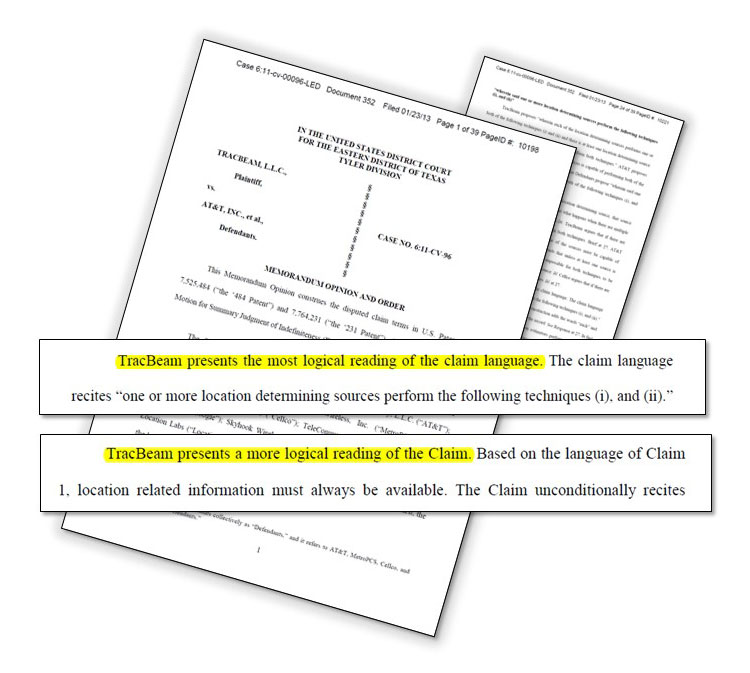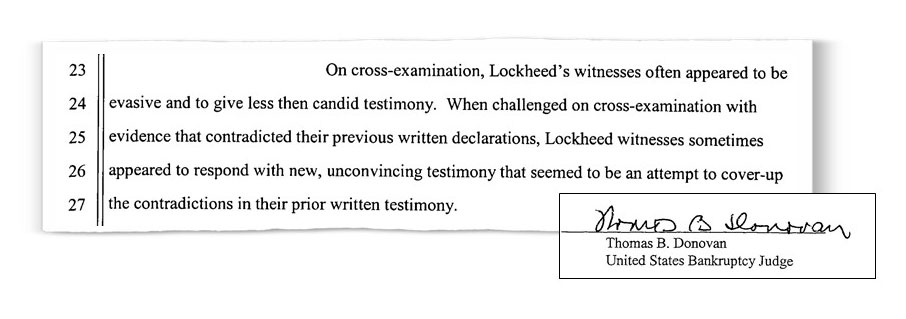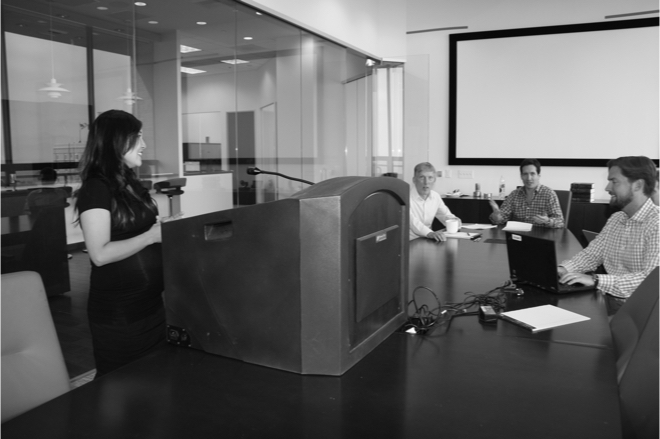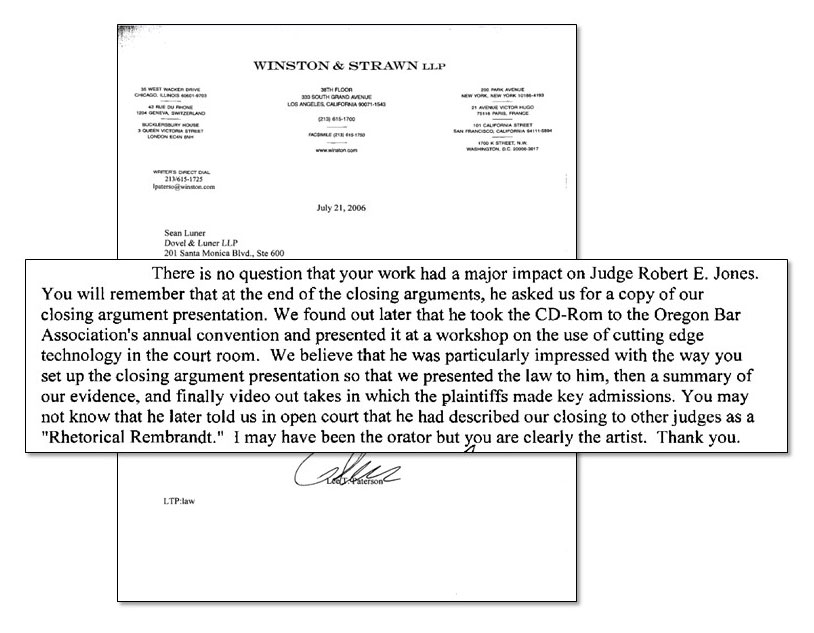Elements of success.
There are six key elements to our success.
Principle of Persuasion
We are experts in persuasion. A “principle of persuasion” is a fundamental truth with broad applications that is used to eliminate or mitigate sources of doubt in the mind of a decision-maker. These principles cause the decision-maker (whether judge, jury, or opposing side) to be more likely to accept your argument. We apply principles of persuasion to build winning cases.
We have analyzed and developed principles of persuasion through academic and practical research. We taught these principles at the University of Southern California Law Center in a class on Persuasion.
Moreover, writing out analyses of the principles of persuasion enables a deeper understanding of the principles and their applications. It also records lessons learned that we can build upon.
The following are two examples of the results of our research and development in to principles of persuasion. The first explains Organization as a principle of human persuasion. The second discusses the Human Witness Theory, an approach to identifying potential arguments (and therefore lines of cross or direct examination) based on the presence of a human intermediary for all evidence.
Deep Analysis

Every argument can be broken down into three components:
- general premise: a rule with a broad application—for example: “All men are mortal.”
- minor premises: the specific fact and circumstances that tend to prove or disprove the general premise in a particular case—for example: “Socrates is a man.”
- conclusion: for example, “Therefore, Socrates is mortal.”
For every litigation task that requires persuasion—from drafting the complaint, to taking depositions, to writing briefs, to trial—we isolate, dissect, and analyze the general and minor premises upon which our arguments are based. We do this using a proprietary system that we call the “argument tracker.”
The argument tracker is a protocol for identifying and organizing the issues, arguments, and sub-arguments in a case and distilling them to their basic logical units—premise, evidence, conclusion. All of our case analysis, brief writing, and witness outlines are created and refined in an argument tracker.
The argument tracker allows us to identify and develop the legal and factual premises we need to win each case and allows us to eliminate possible sources of doubt. If the decision-maker (judge, jury, opposing side) cannot identify any logical flaw in our arguments, then the conclusion—that we win—is inevitable.
The same process also allows us to identify and exploit the holes in our opponents’ arguments. This leads to devastating results.
Brief Writing
To win at trial, you need to get to trial first. This requires winning your motions and defeating your opponent’s.
Our briefs directly take on our opponents’ best arguments and destroy them with clear, powerful logic.
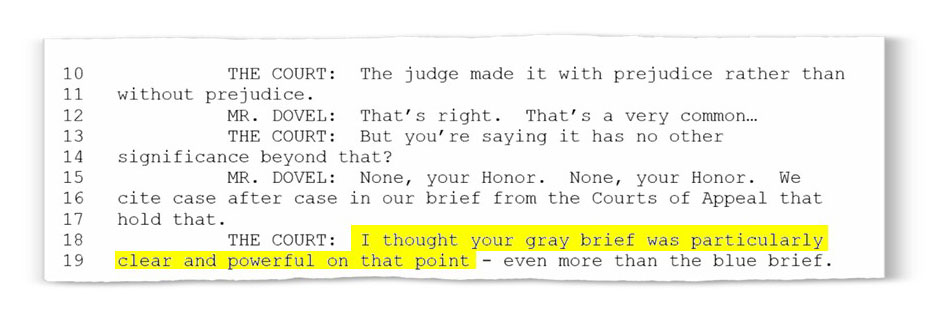
Chief Judge Paul Michel, United States Court of Appeals for the Federal Circuit
Media Techs. Licensing, LLC v. Upper Deck Co., 334 F.3d 1366 (Fed. Cir. 2003)
For audio, click here.
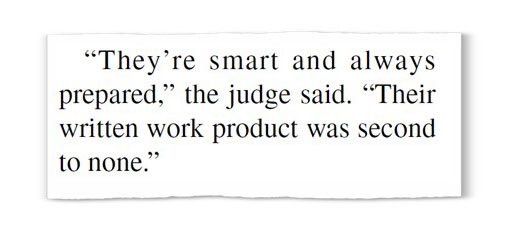
Former Magistrate Judge in the Eastern District of Texas.
Cross Examination
For many lawyers, a successful cross makes one or two points and avoids causing more harm than good. But that is not enough to achieve extraordinary results. Extraordinary results happen when a witness unequivocally gives up a key defense or the witness’ credibility is so destroyed that everyone in the courtroom knows the witness is lying.
We achieve extraordinary cross-examinations in every case, in depositions and at trial.
- Here is an example by Greg Dovel.
- Here is another example from Jonas Jacobson.
Deliberate Practice
Each attorney at our firm regularly engages in “deliberate practice.”
At least twice a week, we practice our trial and persuasion skills in our Trial Lab.
In Trial Lab, we drill on trial and persuasion fundamentals and experiment with radical new approaches based on materials in our own cases as well as practice materials designed specifically for improving skills.
For example, before we take the deposition of an important witness, we practice cross-examinations of that witness on key issues. This allows us to practice and hone our cross examination skills. It also allows us to discover new lines of inquiry and refine our approach to obtain the key admissions that we use to win dispositive motions or deliver powerful cross examinations at trial.
See an example of how, based on days of cross-examination practice, a Dovel & Luner attorney got the opposing side’s expert to admit at trial that he not only knew that his central contention was false, but also told that to his lawyers before the trial.
Visual Victory
In a complex trial, a winning case is built with visuals.
We design our visuals in-house, so that we can seamlessly integrate our graphics with our arguments. Other litigators recognize our skill with visual strategies and hire our in-house trial consulting division, Visual Victory, for their cases.
